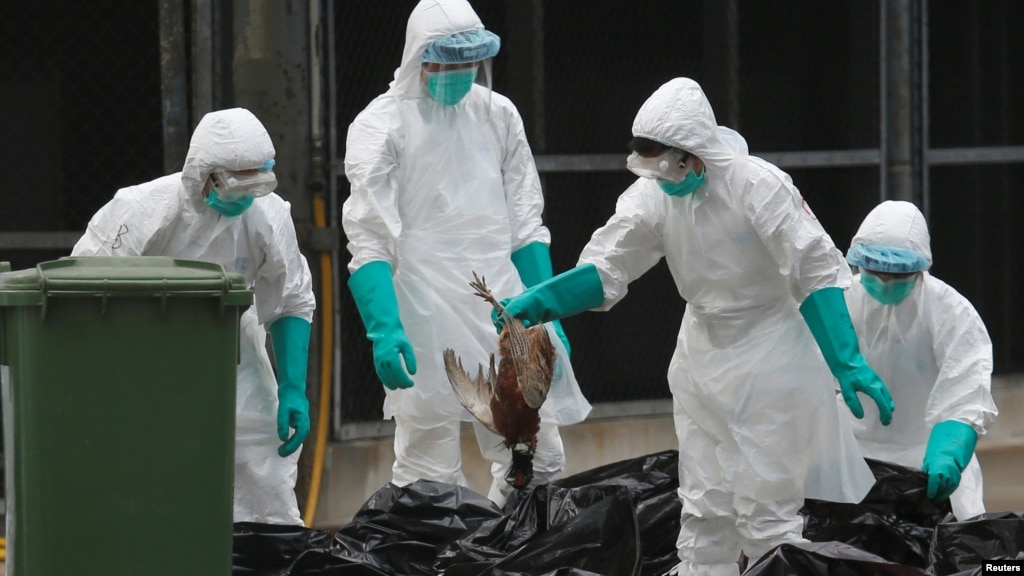Wendy Barclay, a virologist and flu specialist also at Imperial, said the study's findings were important in showing why H7N9 bird flu should be kept under intense surveillance. Scientists have identified three mutations that, if they occurred at the same time in nature, could turn a strain of bird flu now circulating in China into a potential pandemic virus that could spread among people. The World Health Organization said earlier this year that all bird flu viruses need constant monitoring, warning that their constantly changing nature makes them "a persistent and significant threat to public health." They focused on the H7 hemagglutanin, a protein on the flu virus surface that allows it to latch onto host cells. "This study will help us to monitor the risk posed by bird flu in a more informed way, and increasing our knowledge of which changes in bird flu viruses could be potentially dangerous will be very useful in surveillance," said Fiona Culley, an expert in respiratory immunology at Imperial College London.
Small Genetic Tweaks Could Transform This Bird Flu Into A Human Pandemic : Shots

A Few Genetic Tweaks To Chinese Bird Flu Virus Could Fuel A Human PandemicA study published Thursday shows how a bird flu virus that's sickening and killing people in China could mutate to potentially become more contagious. Past pandemics caused by novel flu viruses jumping from animals or birds into people have killed millions. That unusual moratorium, announced by the White House in 2014, halted federally funded research that might make flu viruses more dangerous. Public health officials have been worried about this bird flu virus, called H7N9, because it's known to have infected more than 1,500 people — and killed 40 percent of them. "The rest of the world is moving forward with this type of experiment already," says Fouchier, whose genetic experiments with a different bird flu virus sparked a public outcry in 2011.
collected by :Lucy William
To follow all the new news about






No comments:
Post a Comment